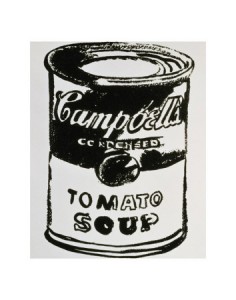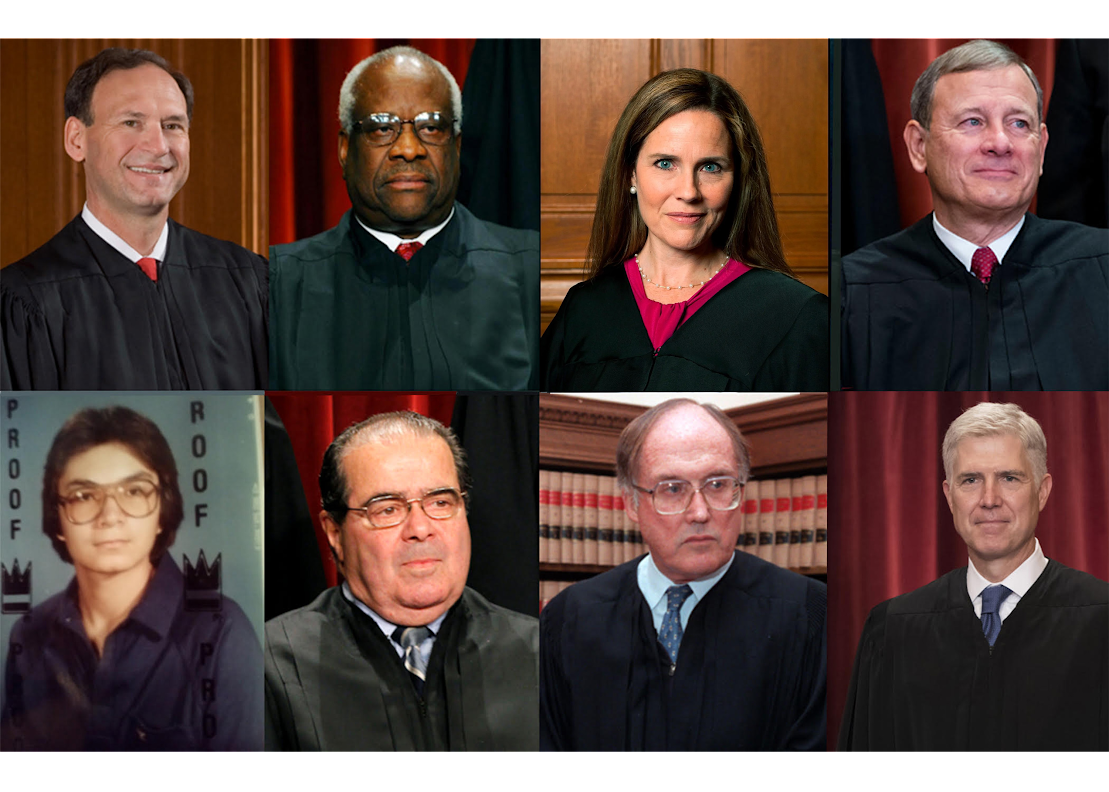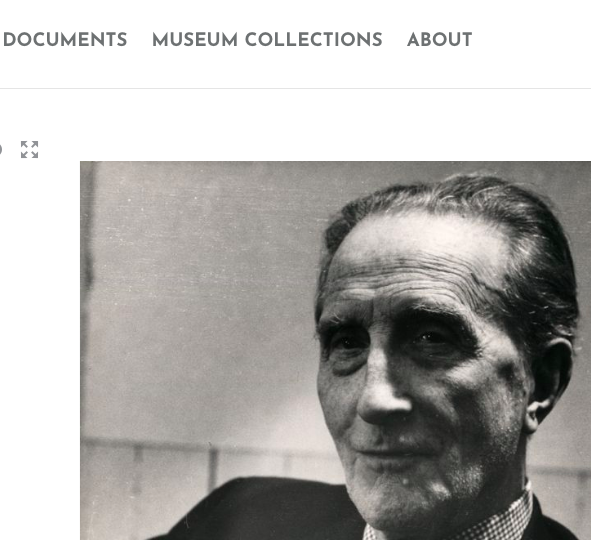New York City officials have sued Christie’s. The $1 million lawsuit concerns a fight over ownership of architect Jacob Wrey Mould’s drawings and designs found in NYC 50 years ago. According to The Guardian:
At some point in the 1950s a craftsman called Buckley was working on a site in lower Manhattan when he came across a stash of papers dumped in a skip. They were a set of architectural drawings in watercolours of plans for city parks including details of fountains, clocks, terraces and other structures. …Recognising their innate value, he took a pile of more than 100 of the drawings home and filed them away for safe keeping.
However, seems like this lawsuit may not go far.
[NYC] has persuaded the New York court to put a preliminary restraining order that prevents Buckley or Christie’s from selling any of the drawings. In return, the city has promised to back off from its legal threats and to attempt to reach a settlement.
The legal action was brought against the late craftsman’s son, Sam Buckley, and Christie’s, who tried to sell the drawings. More here.
A little self-promotion, but certainly worth it. VLA’s first Art & Law Residency Exhibition and the accompanying Symposium will take place this August. Don’t miss both events, as this year’s Fellows will exhibit art projects and present papers dealing with the intersection of art and law. All info is below, don’t forget to RSVP to the symposium, and of course, I hope to see you all there!
The Art & Law Residency Exhibition and Symposium
Exhibition
Where:
Maccarone
630 Greenwich Street
New York, NY 10014
When:
Opening Reception:
Saturday, August 14
6-8pm
Exhibition Dates:
August 16- August 27
Gallery Hours:
Monday-Friday 11 am-6 pm
Artists:
Eric Doeringer
Alicia Grullón
Charles Gute
Nate Harrison
Bettina Johae
Miguel Luciano
Benjamin Tiven
Angie Waller
Admission is Free.
The exhibition is a collaboration between Maccarone and Volunteer Lawyers for the Arts.
Read the rest of this entry »
Great little article on courtroom artists.
For courtroom artists, the work is sporadic (a celebrity in trouble with the law helps), and it is most lucrative when a number of different news outlets call on a single artist. Bill Robles, a courtroom artist in Los Angeles who has covered the trials of Jackson, Patty Hearst, Rodney King and Timothy McVeigh, noted that he is paid between $500 and $650 per day (the more network affiliates use the story, the more he receives) per client. He covered the U.S. government’s lawsuit against Arizona’s new immigration law for eight different news outlets, which he called “a very good day’s work.”
Via the WSJ.
Today I ordered David Mamet’s new book, Theater (2010), and as luck would have it I also found a good overview of his new book. Ronald Collins, over at The First Amendment Center, gives a good overview of Mamet’s book as well as some accompanying free speech legal doctrines. Here’s a taste:
When it comes to ideas, then, there can be no official orthodoxy, at least not one sanctioned by government. Or as Justice Robert Jackson put it so well in West Virginia v. Barnette (1943): “If there is any fixed star in our constitutional constellation, it is that no official, high or petty, can prescribe what shall be orthodox in politics, nationalism, religion, or other matters of opinion.”
I would take the argument a step further: The more orthodox a culture is when it comes to ideas, the more likely it is to be repressive, even if such repression is not formally waged by the government. I don’t want to live in such a society, however “correct” its orthodoxy may be. And I don’t want to get cozy with the “politically correct” or the “culturally correct” or the “religiously correct.” This is not to say that all ideas are created equal; they are not — and I do not deny that some ideas are vile and perhaps even potentially dangerous. That said, I still recoil at the thought of orthodoxy, which brings me back to David Mamet, a kindred soul on that count.
Theater seems to be a continuation of Mamet’s 2008 Village Voice confessional, David Mamet: Why I Am No Longer a “Brain-Dead” Liberal, where Mamet takes on liberal “correctness” dogma. Can’t wait to read this one!
According to the WSJ, that’s a big fat “yes.”
Deb Margolin recently wrote a play called “Imagining Madoff” that purported to offer audiences a fictional version of the relationship between Mr. Wiesel, the Nobel Prize-winning author and Holocaust survivor, and Bernie Madoff, the arch-swindler who purloined vast amounts of money from Mr. Wiesel, his wife and the couple’s charitable foundation. … Then Ms. Margolin sent a copy of the script to Mr. Wiesel, who promptly replied that he found it “defamatory” and “obscene” and threatened to sue in order to prevent it from being performed at “any time in any venue.”
Lehman Brothers will auction off a bundle of art next month to pay creditors. Included in the collection are works by Lucien Freud, Gary Hume, Damien Hirst, Gerhard Richter and Felix Gonzalez-Torres. The works, to be auctioned off in Europe and the US, are estimated at $10-12 million. The proceeds will go towards repaying the creditors of Lehman Brothers.
Via the BBC.

I get asked quite often if I know how Campbell’s Soup reacted to Andy Warhol’s numerous renditions of their famed soup cans. Were there copyright lawsuits? Did they settle? Were there cease and desist letters?
Myths and realities abound, but I have heard from lawyers that Campbell’s was in fact quite happy to see their product mass produced and on the walls of museums and collectors’ homes. In fact, if one considers the historical time frame of Warhol’s production, it makes sense that the period immediately after the first commercial television broadcast (early 1950s) was ripe for companies like Campbell’s Soup to gain free publicity from Warhol’s work. What better way to advertise than to see your product celebrated and talked on news casts and cultural television programming.
Well, thanks to the blog, Letters of Note, we have a letter from a Campbell’s Soup executive to Warhol, expressing his admiration for Warhol’s Campbell’s Soup work. Check it out!








